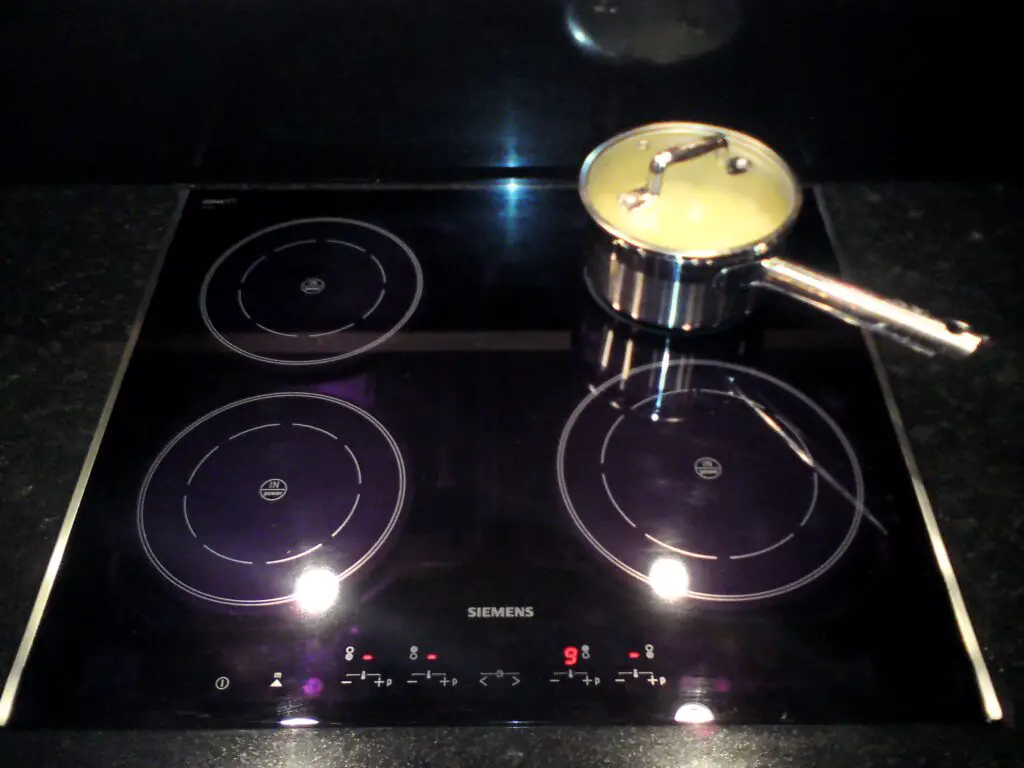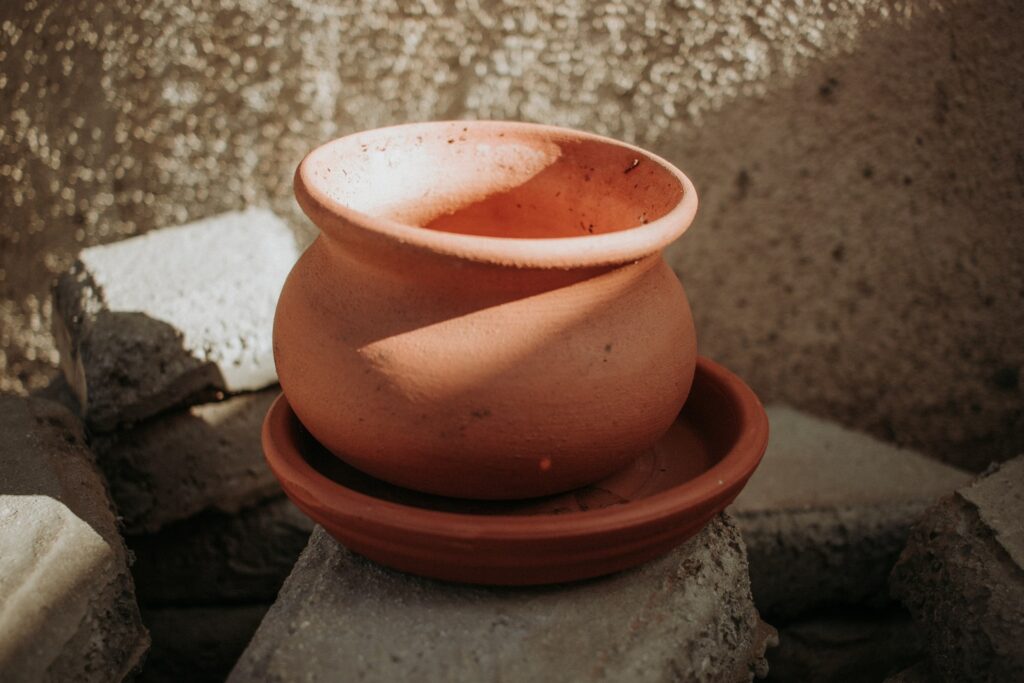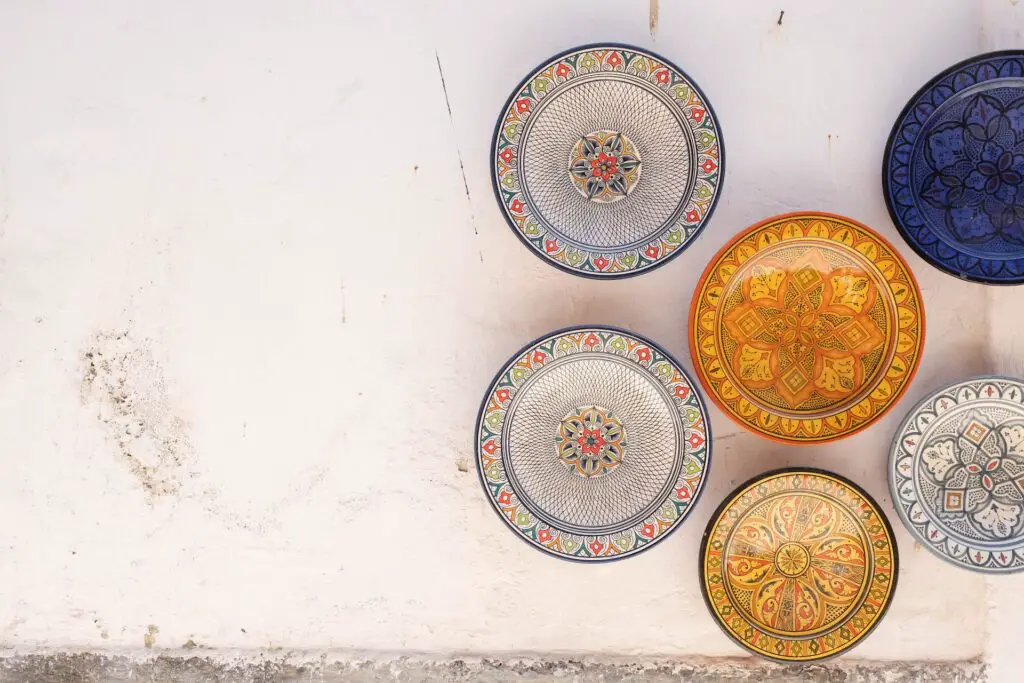Induction stoves have gained popularity recently due to their efficient and fast cooking capabilities. However, their unique method of heating using electromagnetic induction can leave many wondering if traditional cookware, such as clay pots, can be safely used on induction stoves.
In this article, we will explore the compatibility of clay pots with induction stoves and uncover whether they are suitable for modern kitchens.
Table of Contents
Can Clay Pots Be Used On Induction Stoves?

Yes, clay pots can be used on induction stoves. While the initial response may seem surprising, some clay pots are compatible with induction cooking. Induction stoves are known for their efficient and precise heating capabilities, and using clay pots on them can offer a unique and traditional cooking experience.
The reason why clay pots can work on induction stoves is due to the composition of the clay material. Induction stoves generate electromagnetic fields that create a magnetic current in compatible cookware. If the clay pot contains enough iron, it can interact with the magnetic field and heat up to cook food.
One important tip when using clay pots on induction stoves is to ensure proper care and handling. Before using a clay pot on an induction cooktop, ensure it is thoroughly soaked in water for about 30 minutes to prevent cracking due to sudden temperature changes. Additionally, avoid placing an empty clay pot on high heat, as it may cause damage to the pot.
Understanding Induction Cooking:
Before we delve into the compatibility of clay pots with induction stoves, let’s briefly understand how induction cooking works. Induction stoves use electromagnetic fields to heat the cookware placed on them directly. The stove’s magnetic coil creates a magnetic field that induces a current in its base, generating heat only within the cookware. This results in faster cooking times and greater energy efficiency than traditional gas or electric stoves.
Compatibility of Clay Pots with Induction Stoves:

Because of their unique ability to evenly distribute and retain heat, clay pots have been used in various cuisines across the globe for centuries, making them perfect for slow cooking and creating delicious meals. It’s important to point out that not all clay pots are compatible with the cooker.
1. Material Composition
Ferromagnetic materials can be found in a clay pot. Traditional clay pots may not have the magnetic qualities required for an instrument. You can use a magnet to see if a clay pot sticks to the base. The ferromagnetic materials in the pot can be used with the stove.
2. Flat and Smooth Base
The base of the clay pot must be flat and smooth to ensure maximum contact with the induction stove’s surface. Any curvature or unevenness may result in inefficient heat transfer, leading to uneven cooking.
3. Size and Shape
Induction stoves work best with cookware that fully covers the stove’s heating element. Therefore, choose a clay pot that closely matches the size of the stove’s cooking zone to ensure optimal heat transfer and cooking performance.
4. The thickness of the Clay Pot
Clay pots that are too thick may hinder the efficiency of induction cooking. Thin to medium-thick clay pots tend to perform better on induction stoves, Objects that heat up rapidly and react promptly to temperature shifts.
Temperature Settings for Cooking with Clay Pots on Induction Stoves:

Cooking with clay pots has been a time-honoured tradition dating back centuries, and it still holds a special place in many modern kitchens. The clay pots are renowned for retaining and evenly distributing heat, resulting in delicious and flavorful dishes. You might wonder about the right temperature settings if you’re fortunate enough to own an induction stove and want to cook with clay pots.
1. Low to Medium Heat for Slow Cooking
Clay pots are excellent for slow cooking, allowing flavours to meld together and develop a rich taste. It’s best to start with low to medium heat settings for slow cooking when using an induction stove. Induction stoves heat up faster than traditional stoves, so even the lowest setting may be sufficient for gentle simmering. This conserves energy and prevents the risk of scorching your delicate dishes.
2. Preheating Your Clay Pot
Before placing your clay pot on the induction stove, it’s essential to preheat it gradually. Rapid temperature changes can cause clay pots to crack. To achieve the ideal cooking temperature, begin with a low heat setting and slowly increase it over a few minutes. This preheating process ensures that the clay pot adjusts to the heat gradually, reducing the risk of damage.
3. Avoid High Heat at the beginning
While induction stoves can provide intense heat quickly, it’s advisable not to crank the temperature to the highest setting at the beginning. High heat can cause thermal shock to the clay pot, leading to cracks or breakage. Instead, start at medium heat and increase it gradually if needed. Remember, cooking with clay pots is all about patience, and it rewards you with delightful results.
4. Use a Heat Diffuser
If you find controlling the heat on your induction stove challenging, consider using a heat diffuser. A heat diffuser is a handy accessory between the induction cooktop and your clay pot. This process facilitates even heat distribution, protecting the clay pot from sudden temperature changes that may cause harm. With a heat diffuser, you can achieve a gentle and steady cooking environment, perfect for clay pot recipes.
Benefits of Using Clay Pots on Induction Stoves
1. Retains Natural Flavors
Clay pots are known for their ability to preserve the natural flavours of the ingredients. The gentle and even heat distribution enhances this quality when used on induction stoves, resulting in rich and aromatic dishes.
2. Health Benefits
Cooking in clay pots can have health benefits. They are made from all-natural materials, so they don’t harm the food.
3. Energy-Efficient
When used with clay pots, the cooking process becomes even more eco-friendly. The combined technology reduces cooking time and energy usage.
Can I Use a Ceramic Plate on an Induction Stove?

Yes, you can use a ceramic plate on an induction stove, but with some caveats. Induction stoves produce a magnetic field that directly heats the cookware. Ceramic plates, however, lack magnetic properties, making them unsuitable for induction cooking on their own.
You’ll need an intermediary device called an “induction interface disk to use a ceramic plate on an induction stove.” This disk is typically made of ferromagnetic material and bridges the ceramic plate and the induction cooktop. Place the induction interface disk on the stove’s cooking surface, and then you can safely use your ceramic plate for cooking.
Remember a few important things when using an induction interface disk with a ceramic plate. First, ensure that the disk is slightly larger than the base of your ceramic plate to ensure even heat distribution. Position the disk at the centre of the induction stove’s cooking zone for the most efficient heat transfer.
Remember that induction stoves heat up quickly and provide precise temperature control, so be cautious when adjusting heat levels to avoid overcooking or burning your food. Some ceramic plates may also require preheating on a traditional stove before placing them on the induction interface disk for even cooking.
After cooking, allow the induction interface disk to cool before cleaning it. Use gentle, non-abrasive cleaning agents to maintain its surface and prevent damage. By following these tips, you can enjoy the convenience of using your favourite ceramic plates on an induction stove.
Conclusion:
At the end of this article, we discovered that clay pots possess various benefits for traditional cooking methods but are unsuitable for induction stoves. When cooking with induction, heat is generated by the interaction between electromagnetic fields and ferromagnetic materials, like cast iron or stainless steel.
Unfortunately, clay pots lack the necessary magnetic properties to function effectively on these stovetops. Despite this limitation, plenty of alternative cookware options, like stainless steel or cast iron pots, work seamlessly with induction stoves while still preserving the essence of traditional cooking.
Embracing modern technology and combining it with the rich heritage of clay pot cooking allows us to enjoy the best of both worlds in our culinary endeavours. So, while we bid farewell to using clay pots on induction stoves, we warmly welcome the possibilities that innovative cooking brings to our kitchen tables.
Can Clay Pots Crack on Induction Stoves?
Yes, there is a possibility of cracking if the pot is not of good quality or undergoes rapid temperature changes. Always follow the manufacturer’s guidelines and avoid sudden temperature fluctuations.
Do clay pots require special care on an induction stove?
Yes, clay pots need proper care. Before using them on an induction stove, ensure they are seasoned as per the manufacturer’s instructions to prevent cracking and improve performance.
Can clay pots be used on other types of stoves?
Yes, clay pots can also be used on gas and electric stoves. Their versatile nature allows them to adapt to various cooking methods.
Are clay pots better than stainless steel or cast iron for induction cooking?
It depends on your preference and the dishes you want to cook. Clay pots offer unique benefits, such as natural flavour retention and health benefits, but stainless steel and cast iron have their advantages too.



